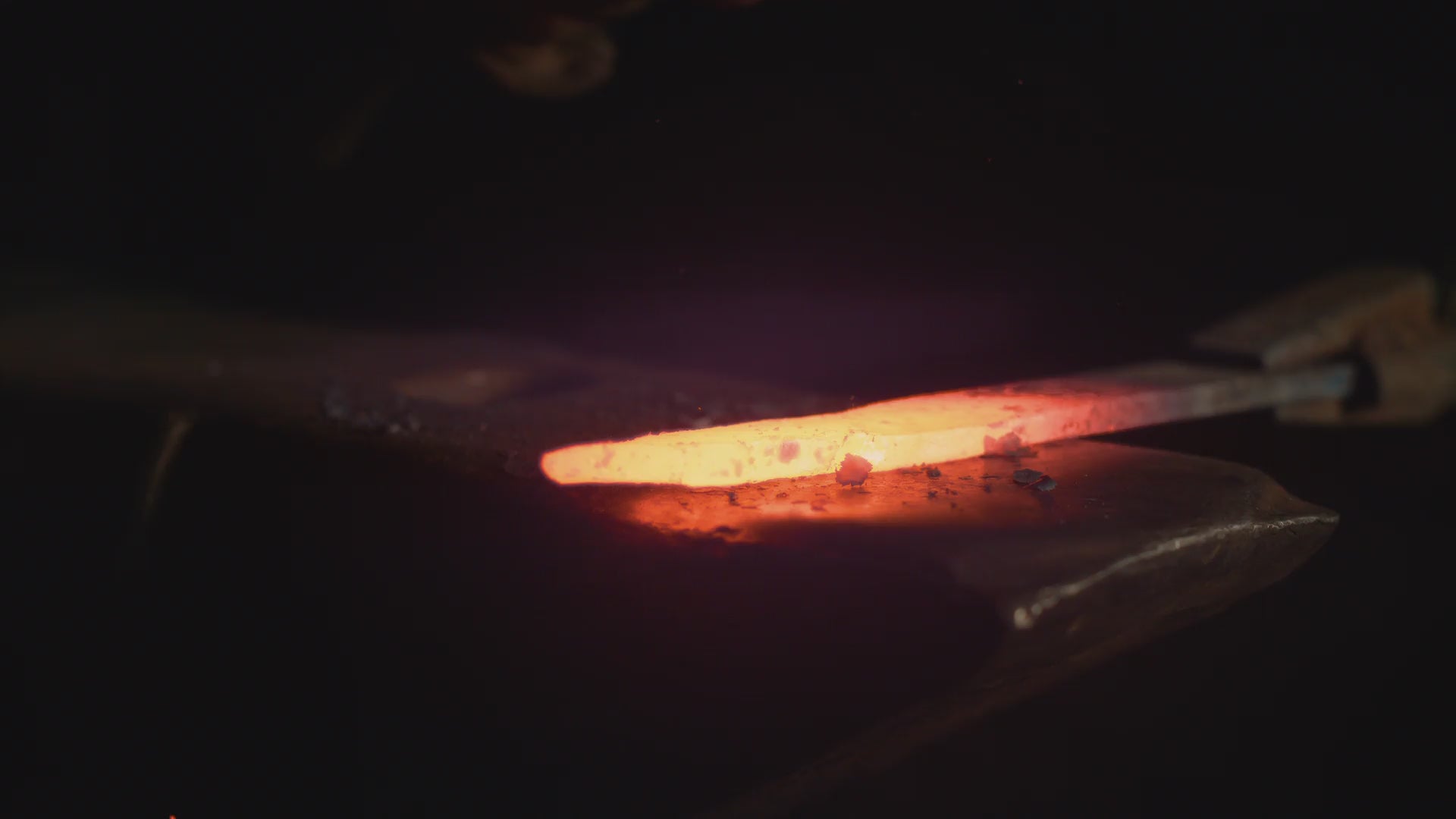The most important Viking gods – myths, stories & meaning
Norse mythology is full of powerful gods, timeless symbols, and legendary stories. For the Vikings, these deities were not just heavenly figures, but role models of courage, protection, wisdom, and battle. Below you’ll find the most important Viking gods and their myths that shaped Nordic culture.
ᚨ Odin – The Allfather
Odin, ruler of Asgard, is the supreme Viking god. He sacrificed an eye at Mímir’s well for wisdom and hung himself on Yggdrasil to gain the runes. With his ravens Huginn and Muninn and wolves Geri and Freki, Odin is god of war, magic, poetry, and knowledge.
ᚦ Thor – God of Thunder
Thor, son of Odin, protects Midgard with his hammer Mjölnir. He battles giants and fought the Midgard Serpent Jörmungandr, whom he will face again at Ragnarök. Thor symbolizes raw Viking strength and the eternal fight against chaos.
ᛞ Loki – The Trickster
Loki is the shapeshifter of Norse mythology—sometimes ally, often enemy. He caused Baldr’s death, fathered Fenrir, Hel, and Jörmungandr, and plays a key role in Ragnarök. Loki represents chaos, cunning, and unpredictable change.
Freyja – Goddess of Love & Magic
Freyja, goddess of love and fertility, is also a master of Seiðr magic. She owns the necklace Brísingamen and takes half of the fallen warriors to Fólkvangr. As symbol of both tenderness and power, Freyja remains one of the most worshipped Viking deities.
ᛝ Freyr – God of Prosperity
Freyr, brother of Freyja, symbolizes peace, fertility, and good harvests. With his ship Skíðblaðnir and the golden boar Gullinborsti, he was seen as a guarantor of prosperity and abundance for Viking life.
ᛇ Baldr – God of Light
Baldr, son of Odin and Frigg, was beloved by all. Loki tricked the gods with mistletoe, the only plant that could harm him, and Baldr’s death became a sign of Ragnarök. He embodies purity, light, and tragic destiny.
ᛗ Frigg – Goddess of Marriage & Family
Frigg, wife of Odin and mother of Baldr, is goddess of marriage, motherhood, and prophecy. Despite her foresight, she couldn’t prevent Baldr’s fate. Her myth symbolizes love, grief, and the limits of destiny.
ᛚ Njörd – God of the Sea
Njörd rules over sea, winds, and wealth from trade. Revered by sailors, his marriage to the giantess Skadi illustrates the eternal conflict between sea and mountains—between different forces of nature.
ᚲ Hel – Goddess of the Underworld
Hel, daughter of Loki, rules Helheim, the realm of the dead not slain in battle. Half alive, half corpse, she symbolizes the thin line between life and death. Hel receives the souls of those who die of old age or sickness.
ᛏ Tyr – God of War & Honor
Tyr is one of the oldest Viking gods, known for justice and sacrifice. He lost his hand binding Fenrir, proving courage and loyalty above all else. Tyr embodies honor and warrior’s justice.
ᚺ Heimdall – Guardian of Asgard
Heimdall, watchman of Bifröst, the rainbow bridge, has unmatched hearing and sight. He will blow the Gjallarhorn at Ragnarök and face Loki in their fated final battle, where both fall.
ᛉ Jörmungandr – The Midgard Serpent
Child of Loki, Jörmungandr encircles the world. Thor once nearly caught it while fishing, but their final duel will happen at Ragnarök, where Thor slays the serpent but dies from its venom.
ᛟ Fenrir – The World Wolf
Fenrir, Loki’s monstrous wolf-son, grew so powerful that the gods bound him with Gleipnir. At Ragnarök, he breaks free, devours Odin, and is slain by Vidarr. Fenrir symbolizes primal power and inevitable fate.
Conclusion
The Viking gods embody the eternal balance of order and chaos, strength and sacrifice. Their myths of courage, cunning, and fate inspire us today—through jewelry, tattoos, and artwork that keep their legacy alive. Discover Viking jewelry and carry the gods’ power with you.






0 comments